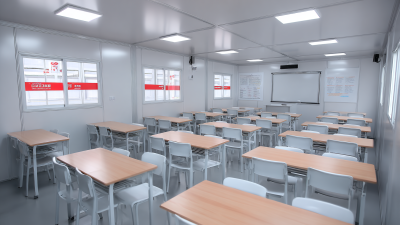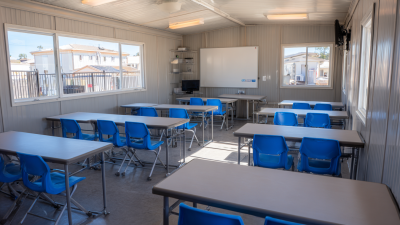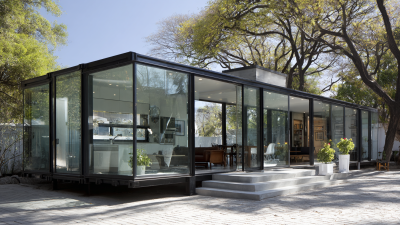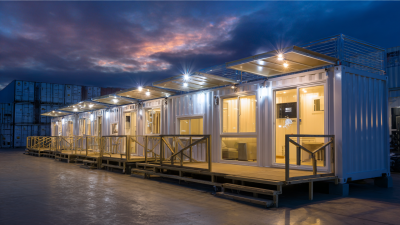As schools across the globe face unprecedented student enrollment rates, the need for immediate and effective solutions has never been more pressing. Temporary classrooms have emerged as a viable response, providing flexibility and adaptability in an ever-changing educational landscape. According to a report by the National Center for Education Statistics, public school enrollment in the United States is projected to increase by over 3 million students by 2029, which underscores the urgency for accommodating such growth. Furthermore, studies from the Modular Building Institute indicate that temporary classrooms can be erected in a fraction of the time required for traditional buildings, cutting costs significantly by up to 30%. These statistics illustrate how temporary classrooms not only provide essential space for burgeoning populations but do so with efficiency and practicality, making them the best solution for growing schools.
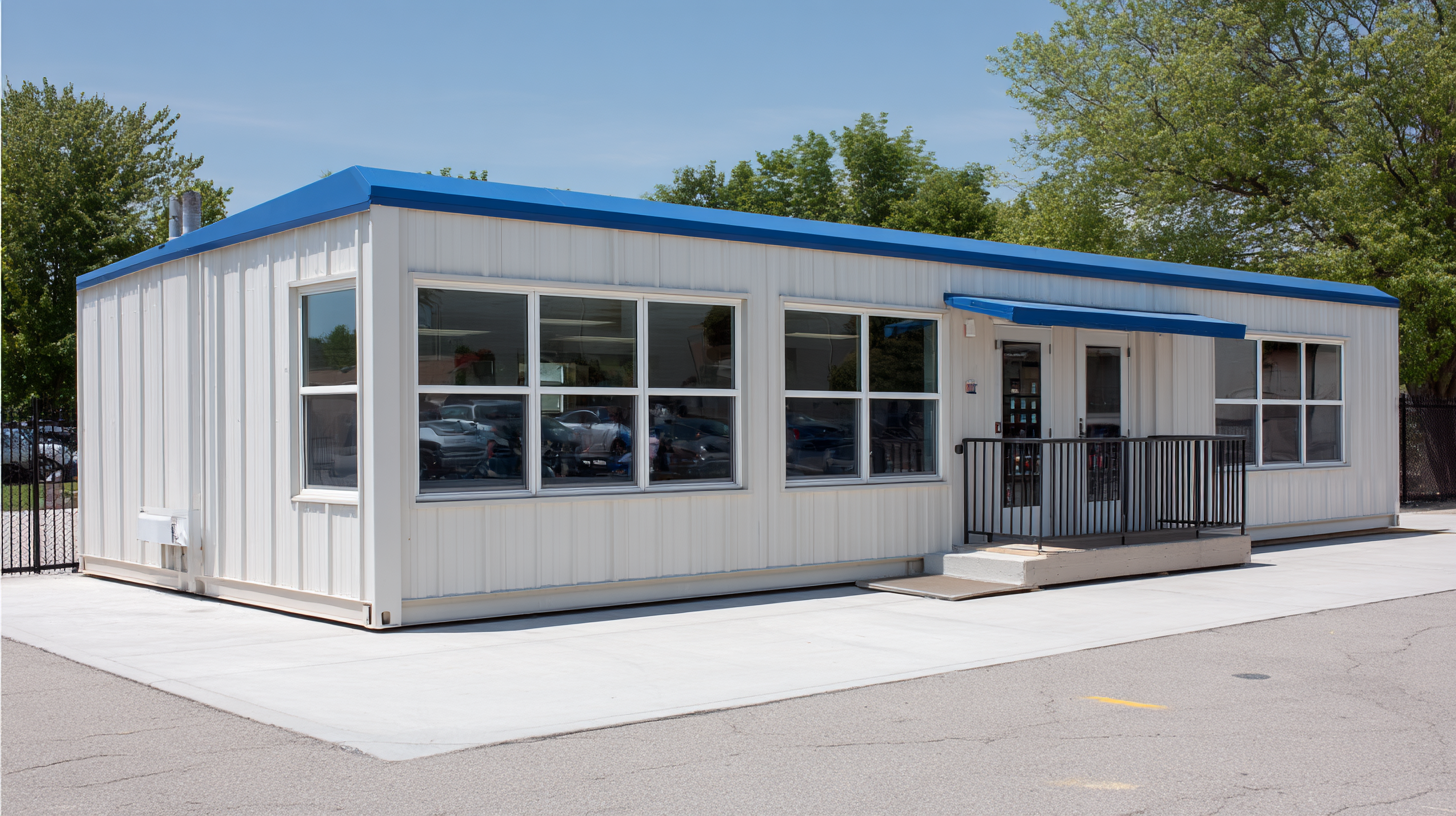
Temporary classrooms have emerged as a cost-effective solution for schools experiencing rapid growth. When comparing the financial implications of temporary structures versus permanent buildings, the benefits become immediately apparent. Temporary classrooms typically require a lower initial investment, allowing districts to allocate funds to other essential areas, such as educational resources and teacher salaries. This affordability can significantly ease budgetary pressures, particularly in districts facing tight financial constraints.
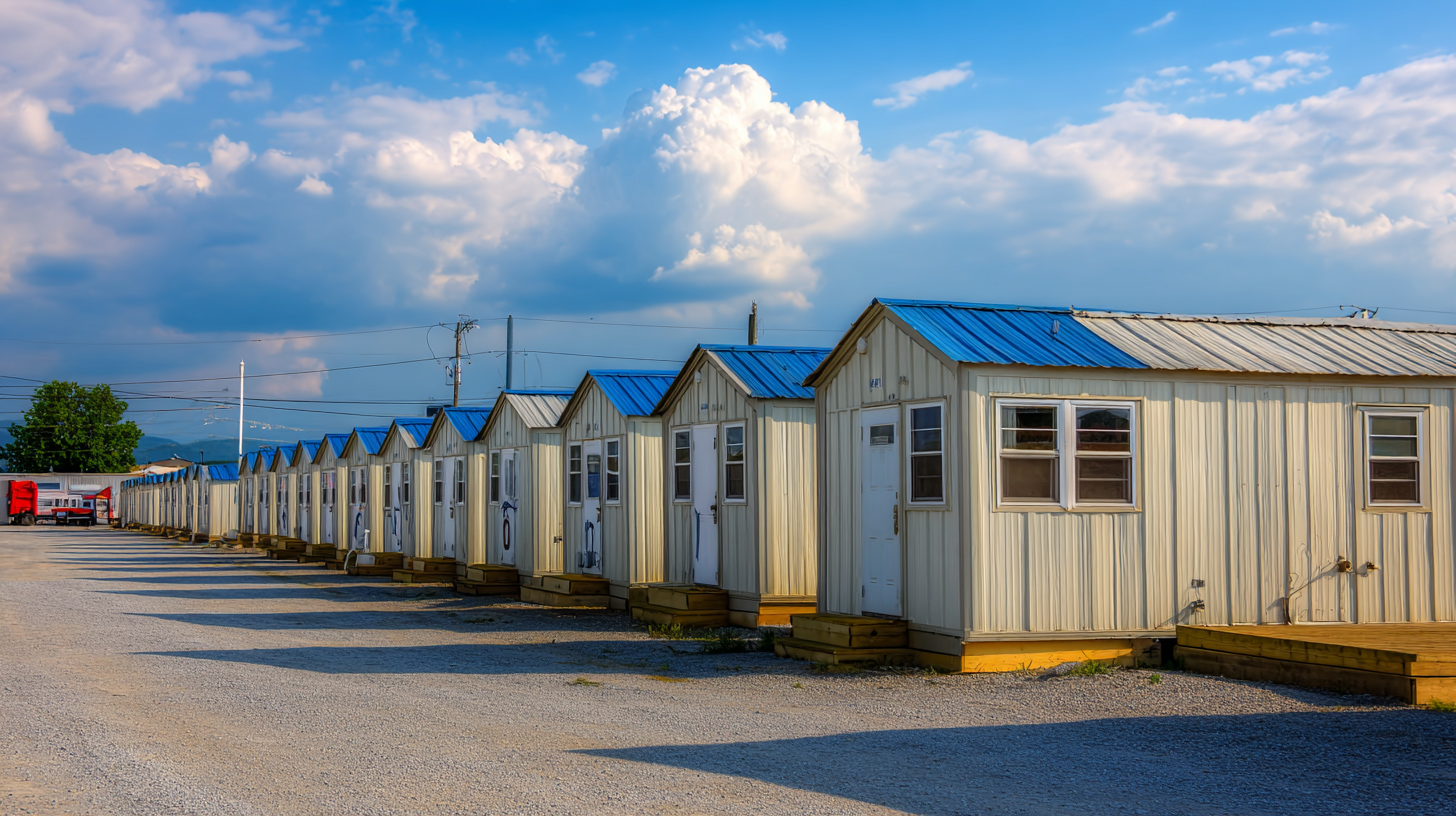
Moreover, the flexibility of temporary classrooms further enhances their cost-effectiveness. These structures can be deployed quickly and tailored to meet fluctuating student populations, thus eliminating the need for costly, extensive construction projects that can take years to complete. Schools can adapt to changing demands without the long-term financial commitments associated with permanent facilities. As such, temporary classrooms represent not only a pragmatic financial choice but also a strategic approach to addressing the immediate needs of growing student populations while ensuring that educational quality remains a top priority.
Temporary classrooms are increasingly recognized as an effective solution for educational institutions facing fluctuating student populations. According to a report from the National Center for Education Statistics, school enrollment in the United States is projected to increase by 3.2 million students by 2026. This surge underscores the necessity for schools to remain nimble in their capacity to accommodate growing numbers. Temporary classrooms provide a unique flexibility that allows educational facilities to expand or contract as needed without the long-term financial commitment of permanent structures.
Furthermore, a study by the Council for the Advancement of Secondary Education indicates that approximately 44% of schools have experienced overcrowding in the past five years, leading to a significant strain on resources and learning environments. Temporary classrooms can be deployed swiftly, often within weeks, to alleviate overcrowding, minimize disruption, and enhance the student learning experience. This adaptability makes them an attractive option for districts looking to respond proactively to demographic shifts, ensuring that educational facilities are well-prepared to meet the needs of their students.
The rapid growth of student enrollment in many schools has created a pressing need for additional classroom space. Temporary classrooms emerge as a practical solution, particularly due to their impressive construction speed. Unlike traditional buildings that can take months to complete, temporary classrooms can be installed in a matter of weeks. This quick turnaround allows schools to accommodate new students almost immediately, ensuring that educational needs are met without significant delays.
When considering temporary classrooms, schools should prioritize high-quality materials and a thoughtful design to ensure a conducive learning environment. It's essential to choose temporary structures that can be easily relocated or expanded as needs change over time. Additionally, involving staff and students in the planning process can foster a sense of community and ensure that the temporary classrooms meet everyone's expectations.
Another tip for schools is to explore funding options and partnerships with local businesses or government agencies. Many organizations are willing to invest in education, and showing that a project can quickly respond to increasing enrollment can make securing funding easier. By focusing on efficiency and quality, temporary classrooms can provide schools with flexible solutions to grow and thrive.
Temporary classrooms have emerged as an innovative solution for the challenges of expanding educational institutions, and one of their most significant advantages lies in their sustainability. Research indicates that temporary classrooms utilize up to 30% less energy compared to traditional permanent structures. This reduction in energy consumption is achieved through strategic design and the incorporation of energy-efficient materials, which significantly lower the overall environmental footprint.
A report by the U.S. Green Building Council highlights that schools account for nearly 14% of energy consumption in the commercial sector. By transitioning to temporary classrooms, educational institutions can mitigate this impact while still meeting the immediate needs of their growing student populations. Moreover, studies have shown that sustainable building practices not only decrease energy use but also enhance the overall learning environment, contributing to improved student performance and well-being. This alignment with sustainability is crucial as schools strive to create ecologically responsible frameworks that inspire future generations.
Temporary classrooms have emerged as a viable solution for schools experiencing rapid growth, and recent data highlights an encouraging trend regarding student performance. According to a comprehensive report from the National Center for Education Statistics (NCES), 85% of schools implementing temporary classrooms reported no decline in academic performance. This statistic suggests that these structures can adequately meet educational needs without interfering with students' learning experiences.
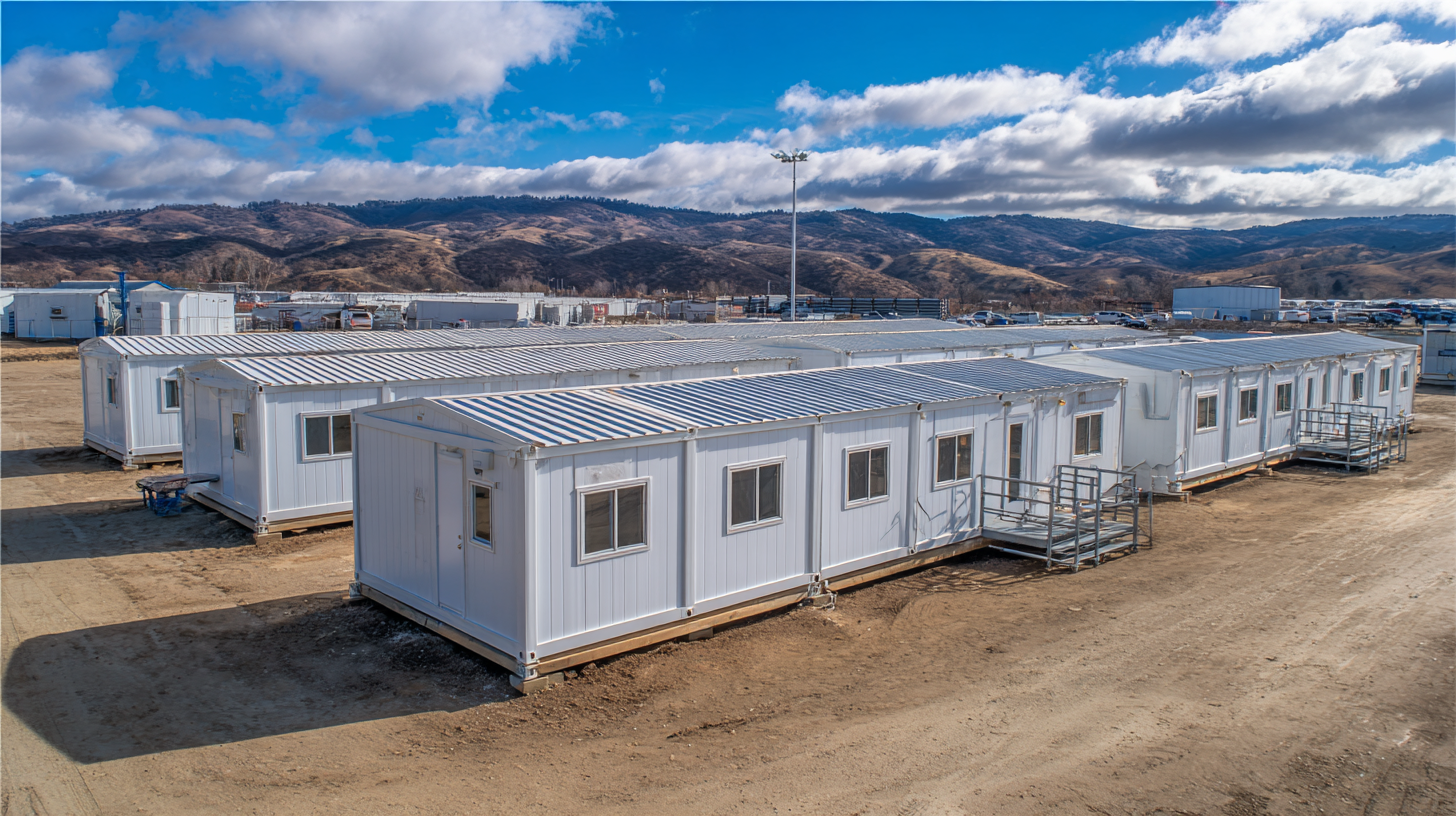
Additionally, a study from the American Institute of Architects reveals that flexible learning environments, such as temporary classrooms, can enhance student engagement and collaboration. With 90% of educators noting improved classroom dynamics, temporary classrooms can serve as effective learning spaces that adapt to various teaching methodologies. This adaptability not only supports the current student population but also allows for future growth, ensuring that educational institutions maintain high standards of teaching and learning even in changing circumstances.
